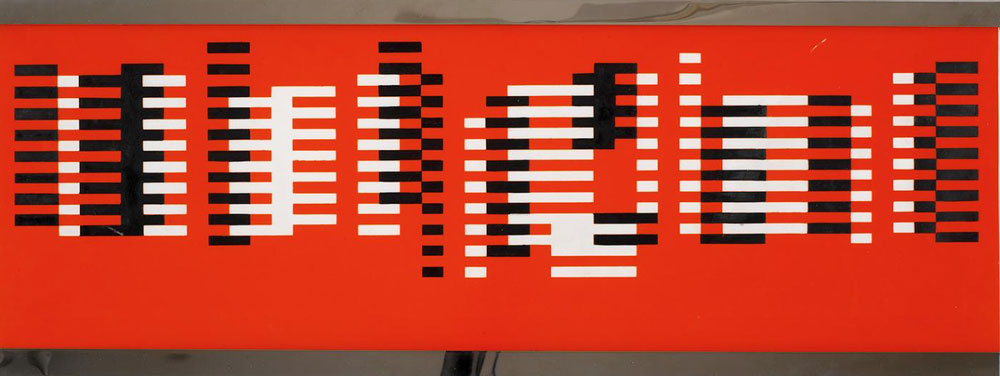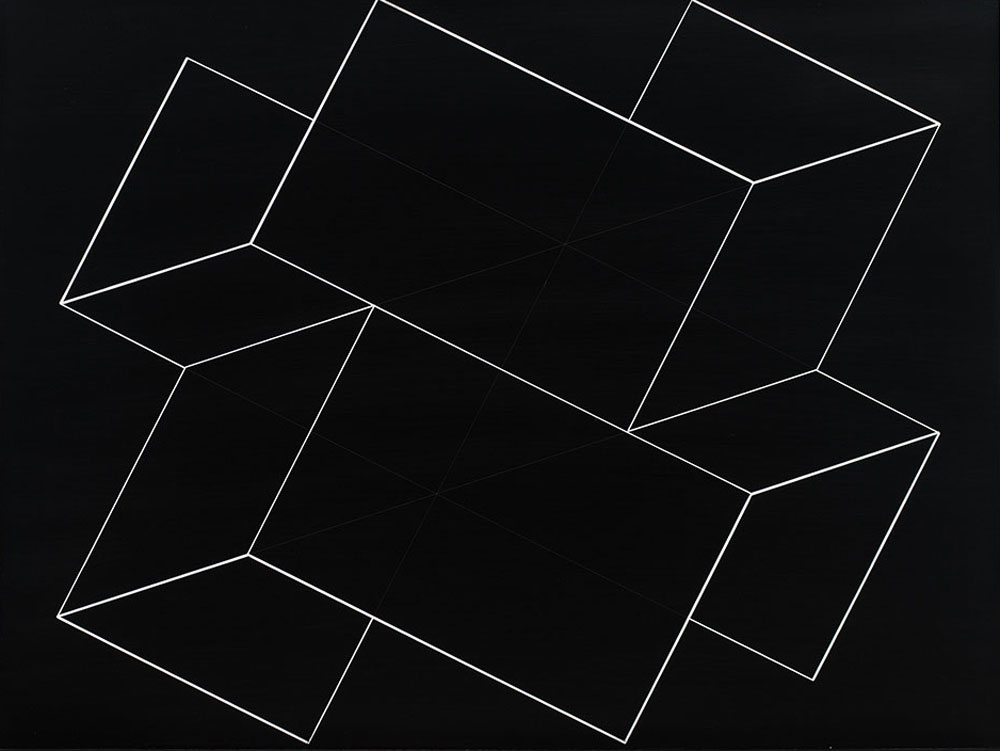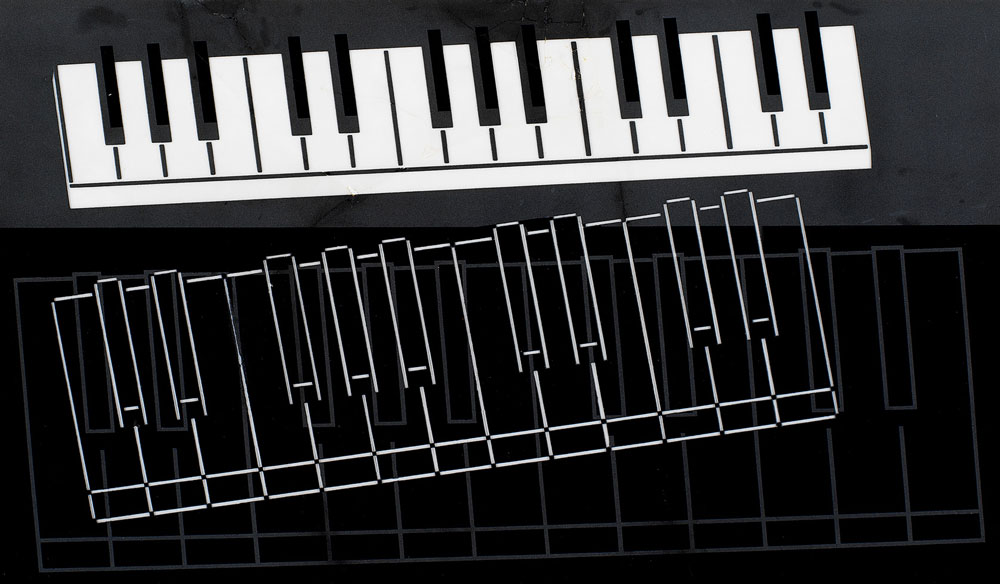ART-PRESENTATION: Josef Albers-Sonic Albers
 Josef Albers emigrated to USA in 1933, the year of the rise to power of the Nazi party, which impeded the continuation of the Bauhaus where Albers had been a teacher at its venues in Weimar, Dessau and Berlin. Having moved to America, Albers taught at Black Mountain College until 1949. He was later head of the Department of Design at Yale University, retiring from that position in 1958. From his early years at the Bauhaus in his native Germany until the end of his career at Yale, Albers combined artistic creation with teaching and many leading American artists trained with him.
Josef Albers emigrated to USA in 1933, the year of the rise to power of the Nazi party, which impeded the continuation of the Bauhaus where Albers had been a teacher at its venues in Weimar, Dessau and Berlin. Having moved to America, Albers taught at Black Mountain College until 1949. He was later head of the Department of Design at Yale University, retiring from that position in 1958. From his early years at the Bauhaus in his native Germany until the end of his career at Yale, Albers combined artistic creation with teaching and many leading American artists trained with him.
By Dimitris Lempesis
Photo: David Zwirner Gallery Archive
The exhibition “Sonic Albers” examines Josef Albers’s relationship to music, musical imagery, and sonic phenomena, the exhibition feature a wide selection of paintings, glassworks, drawings, and ephemera from throughout Albers’s career, including a number of the album covers he designed in the late 1950s and early 1960s. While he is recognized for his experimental investigations of color, spatial form, and visual experience, Albers often found analogies to and inspiration for his work in the compositional and structural qualities of music. In his seminal 1963 art text, “Interaction of Color”, Albers associated the relationship of colors in a work of art to that of music, writing: “Hearing music depends on the recognition of the in-between of the tones, of their placing and of their spacing” and notes that “colors present themselves in continuous flux, constantly related to changing neighbors and changing conditions.” These overlapping qualities of music and color are evident in Albers’s signature “Homage to the Square” paintings (1950-76) and also his earlier “Variant / Adobe” series (1946-66). Many of the paintings from these series have titles that reference music or sound, and the contrasting and complementary use of color and form within the works reveal the principles of visual harmony and disharmony and consonance and dissonance, musical terms Albers used in his teaching and in describing art. A selection of paintings from both of these groups of work are featured in the exhibition. Much earlier in his career musical imagery played an important role for Albers. In the 1910s, while he was just starting out as a professional artist, he produced expressionistic sketches and drawings of dancers and flute players that were inspired by the theater and ballet, several of which will be on view. These works illustrate Albers’s early interest in the rhythmic qualities of line and the interrelation between aural phenomena, movement, and visual experience. A group of his “Structural Constellation” engravings, which he began in 1949, shows how Albers continued to explore the relationship between line and movement. Space in these works appears to project and recede based on the relationships between the linear geometric forms. Like a musical composition, any change in the interconnected structure of the forms alters the entire experience of the work. Several rarely seen sandblasted glass pieces that Albers produced while at the Bauhaus in the 1920s and early 1930s that are included in the show further represent how musical forms and symbols served as visual structures through which the artist explored seriality and abstraction. These include “Treble Clef” (c. 1932), and “Fugue” (c. 1926. The form of the fugue, a concept that appealed to numerous avant-garde artists in the early 20th Century, offered Albers an architecture through which to build a totally nonobjective visual system in which musical concepts find visual form in an abstract, contrapuntal arrangement of studded rectilinear forms.
Info: David Zwirner Gallery, 537 West 20th Street, New York, Duration: 8/1-16/2/19, Days & Hours: Tue-Sat 10:00-18:00, www.davidzwirner.com


